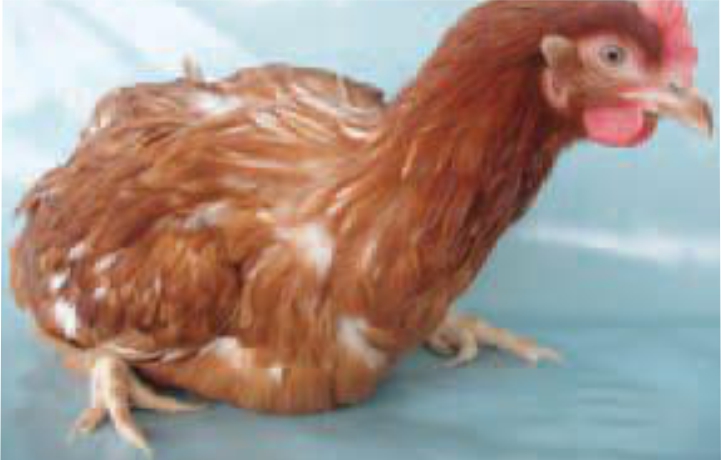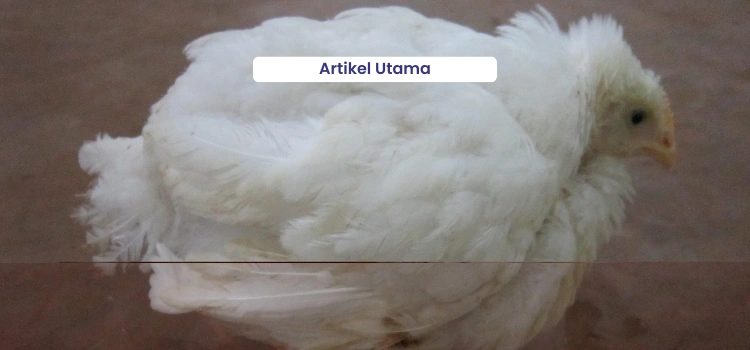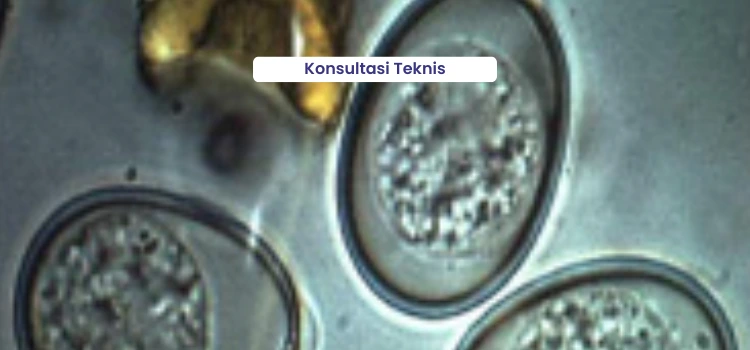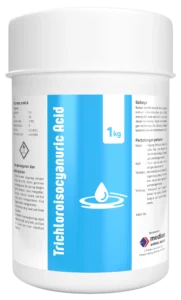Questions from Ayana
Email : ayanaazalia@gmail.com
How to deal with Cage tired chickens?
Answer
Dear. Mrs. Ayana, thank you for the question. Tired cage or also called cage layer fatigue it is a condition in which chickens experience symptoms such as paralysis, fractures or bone shape changes. Tired of the cage can be caused by lack of movement and due to the narrow space for chickens.
Cage fatigue often occurs in chickens layer which has entered the production period and is maintained in a battery enclosure. The condition can also be aggravated by a hot climate and inadequate ventilation. The case of cage fatigue will be further aggravated by the suboptimal development of the skeleton due to the chicken layer maintained in battery enclosure so less movement. When Cage fatigue occurs, egg production will also stop due to reduced intake of calcium, phosphorus and vitamin D in the bones.
It should be noted the need for vitamin D supplementation because it greatly affects the absorption of calcium and phosphorus in the chicken's body. If there is a lack of these nutrients can later reduce the quality of eggs, which will produce eggs with thin and flabby shells.
This condition further causes the eggs to crack easily and eventually stimulates the chickens to eat their own eggs. This condition can also occur in chickens kept on a pedestal litter.
The formation of eggshells requires calcium in large quantities and is fulfilled through the absorption of calcium from the bones. Normally, the calcium will be replaced from the calcium in the ration. However, when there is a lack of calcium, phosphorus, or vitamin D, this calcium replacement does not take place properly.
As a result, the bones become porous. The condition is aggravated by suboptimal skeletal development in chickens layer so the consequences will affect the cessation of egg production.

It is important for the farmer to make sure in advance that in the formulation of the created ration, the calcium and phosphorus content already meets the standard values for the needs of chickens, and the ratio of the two minerals is also appropriate.
And to find out how many levels, farmers can do laboratory tests of the quality of rations in the laboratory Medion (MediLab). Ration raw materials that can be used as a source of calcium and phosphorus in ration formulations include monocalcium phosphate (MCP), dicalcium phosphate (DCP) or rock flour.
Basically, mineral supplementation can be done by farmers in the form of adding a single mineral or all in the form of adding premixes. In the premix, in addition to minerals, there are also other nutrients such as amino acids and various multivitamins.
Some Medion production mineral supplement products that can be used such as Top Mix and Mineral Feed Supplement A. In addition, also give multivitamins such as Calvita which contains vitamins and minerals to overcome and prevent paralysis due to calcium deficiency in laying hens. Dosage Calvita for prevention, it is 1 capsule per head.
In addition, give the chickens a little room to move layer by adjusting the density of chicken per battery. It is better to make a battery cage with a width of 30 cm, a length of 45 cm, with a height of 40-45 cm per chicken. Always monitor the condition of the chickens regularly, including the level of ration consumption, temperature and humidity of the cage, weight gain per week until the peak of production, and the achievement of egg production.










